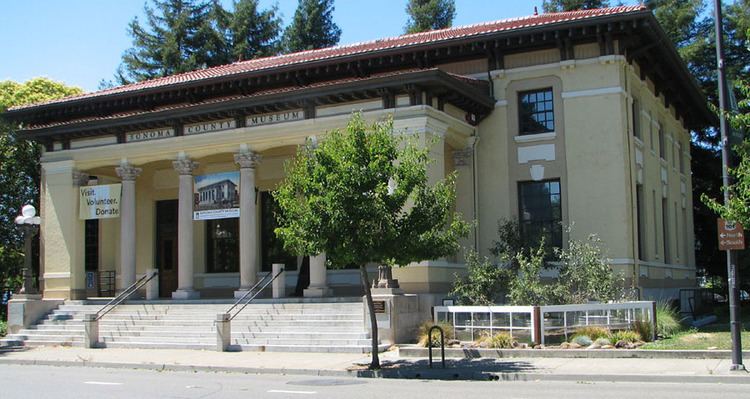NRHP Reference # 79000559 Phone +1 707-579-1500 Added to NRHP 16 November 1979 | Area 2,000 m² Founded 1909 | |
 | ||
Location 425 7th St., Santa Rosa, California Address 425 7th St, Santa Rosa, CA 95401, USA Hours Open today · 11AM–5PMWednesday11AM–5PMThursday11AM–5PMFriday11AM–5PMSaturday11AM–5PMSunday11AM–5PMMondayClosedTuesday11AM–5PMSuggest an edit Architectural style Renaissance Revival architecture Similar Sonoma Valley Museum, Children's Museum of Sonoma, Charles M Schulz Museum, Luther Burbank Center for, Pacific Coast Air Museum | ||
Children s museum of sonoma county
The Museums of Sonoma County, in Santa Rosa, California, is dedicated to the Sonoma County region's history, art, and culture.
Contents
Featuring between 15 and 18 exhibitions in art and history annually, the SCM is the only collecting art museum in the North Bay region. The museum presents tours, lectures, panel discussions, interactive displays and youth programs on a regular basis. Annual attendance is approximately 15,000 visitors a year and growing; the museum has a membership program and special events and activities for museum members. The Museum Shop features unique jewelry, books, toys and objects related to the Sonoma County region.
History
The museum is located in the area's historic Post Office building. Built in 1909 by local firms, it is one of the first 12 buildings built by the federal government in California. The architecture of the building is Roman Renaissance Revival with influence of the Spanish style. It opened as a post office in 1910 and still features the historic marble and oak ornamentation. In 1979 the Post Office moved several blocks to its present location on 7th Street. The building was renovated as a museum space and placed on the National Historic Register.
The Sonoma County Museum opened in 1985.
Collection
The museum has nearly 25,000 items in its collection, which document Sonoma County's history and culture throughout the 19th and 20th centuries. It includes extensive collections of historic paintings, sculpture, photographs, prints, costumes, textiles, ceramics, glass, industrial tools, machinery, wood sculpture, furniture, objects, documents, and graphics relative to the local communities, commerce, technologies, and lifestyles.
